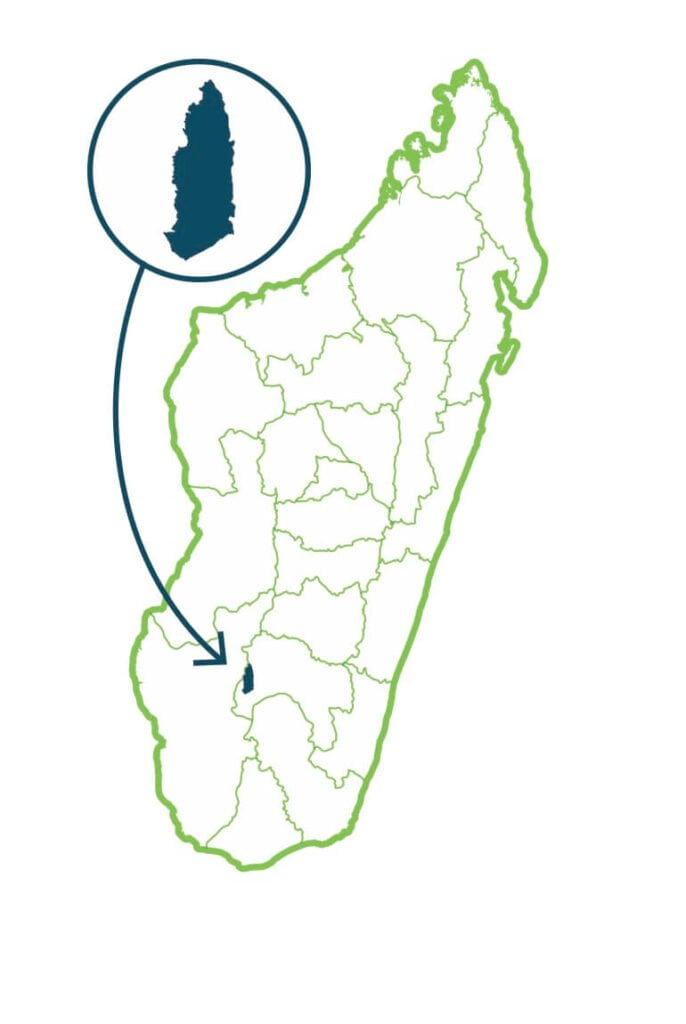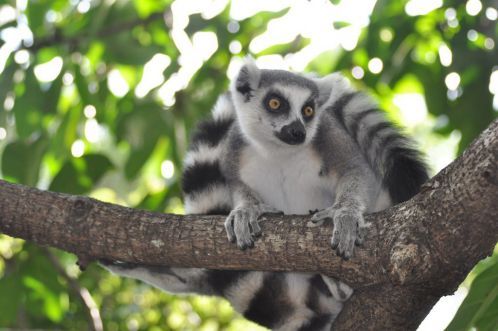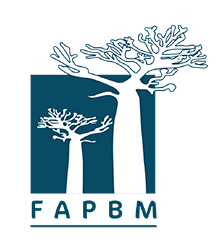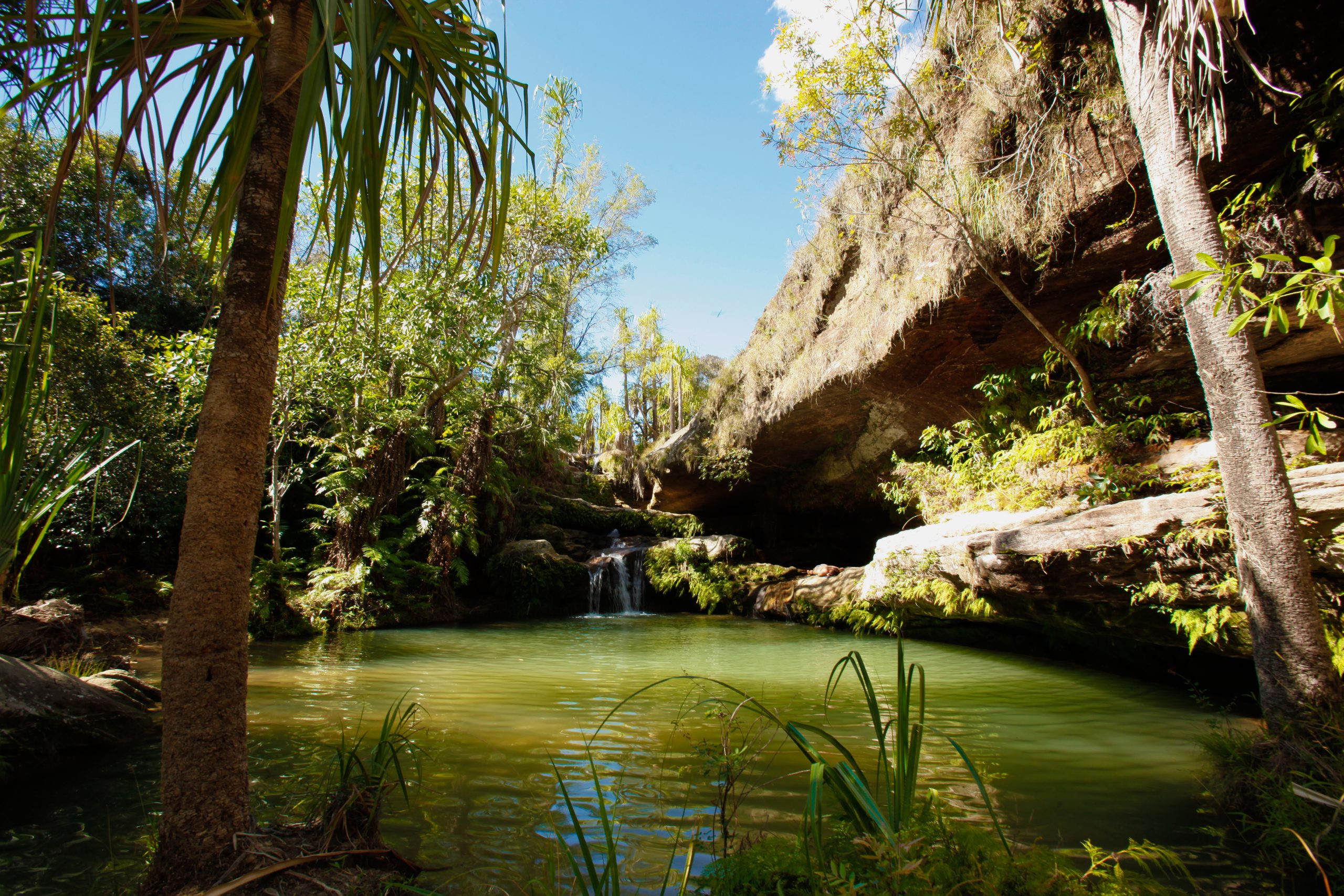Flagship Species
The main vegetation found in Isalo National Park is canyon riparian forests, mid-altitude sclerophyllous forests, rupicolous vegetation and dry deciduous forests on alluvial soil.
Isalo National Park is also home to 401 species of plants including 3 endemic species of the Dipterocarpaceae family. 16 plants species deserve special attention because of their restricted geographical distribution and critical status of conservation.

















